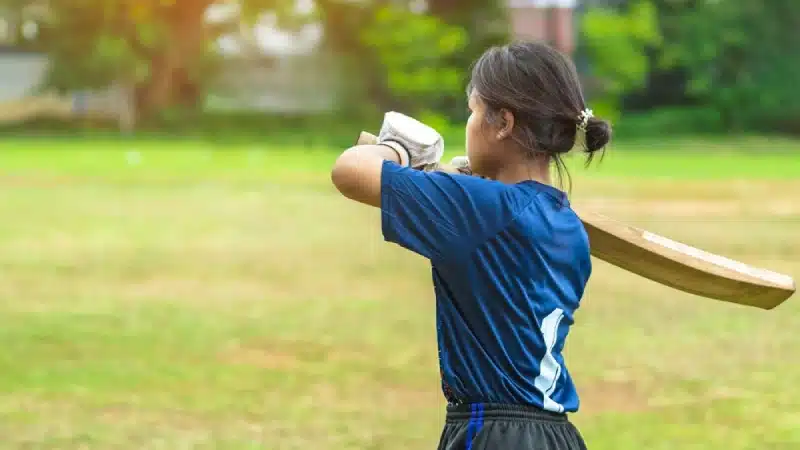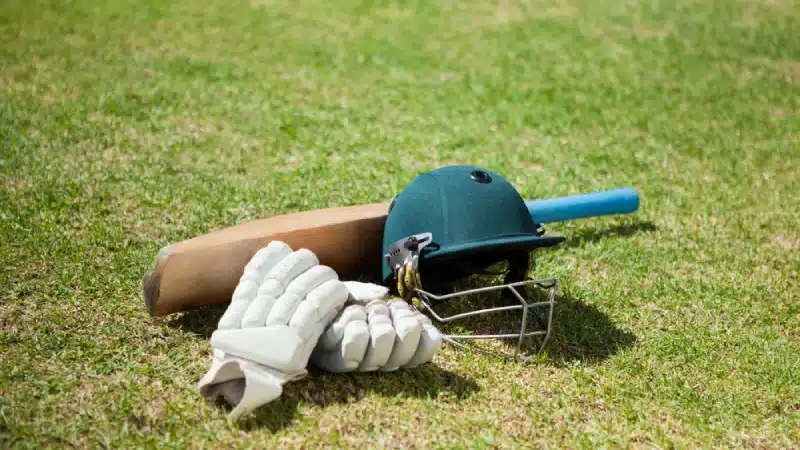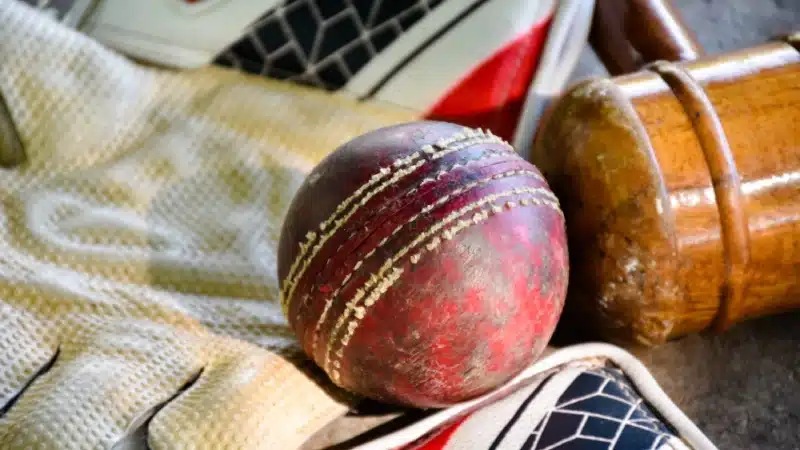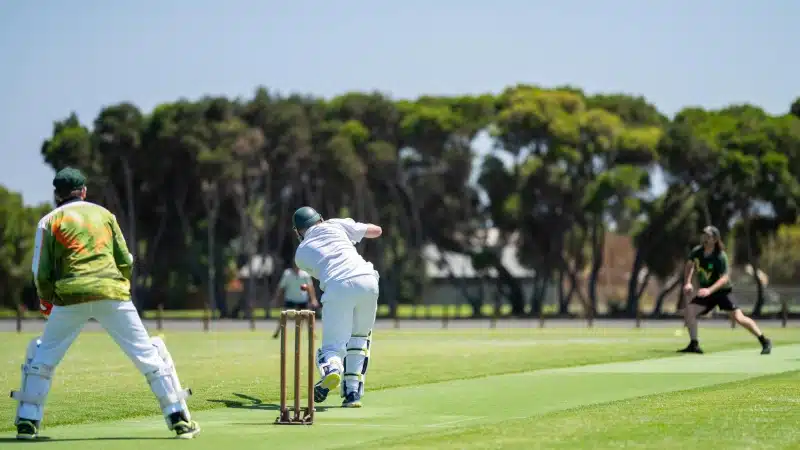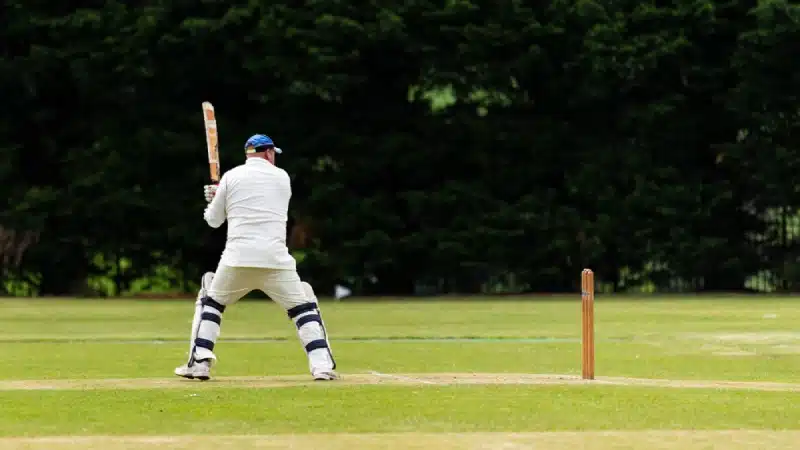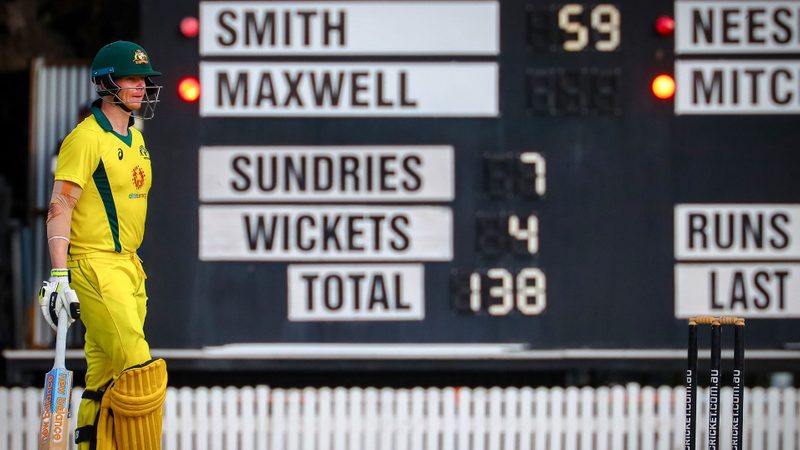
Being the defending champions, a lot will be at stakes for Australia when they begin their 2019 ICC World Cup quest in England. Unlike their opponents though, the men from the land Down Under will have to absorb extra grains of the public eye, with the sole reason being the return of David Warner and Steve Smith.
The duo, returning to the international circuit following their year-long ban after a ball tampering saga, has already gathered their bits of unnecessary affairs, leaving the other trailblazers, equally important for the team, in the shadow of all the media nous.
Having struggled in the initial phase post the ban, Australia’s rise in the One Day Internationals, especially since the turn of the year is nothing short of any revelation. The Aussies have played 21 ODIs without Smith and Warner and have gained victory in 10 of them. That record might not be something to be very proud of, but the fact that nine of those victories have come in 2019 establishes a real fact check for their oppositions.
In all honesty, the addition of Smith and Warner has further solidified an already charged batting contingent. The latter’s inclusion has raised the conundrum of the opening partnership; something that captain Aaron Finch and Usman Khawaja were relishing to perfection of late. The left-hander’s incorporation means Khawaja will have to fight for his place with Shaun Marsh given that Smith will follow suit at number 4.
Khawaja, in particular, has enjoyed a great run of form in 2019. In 13 games so far, the left-hander has scored whopping 769 runs at 59.15, scoring six half-centuries and two tons in the process. Marsh, on the other hand, has been Australia’s best ODI player in 2017 and 2018 and has endured a mixed tenure thus far.
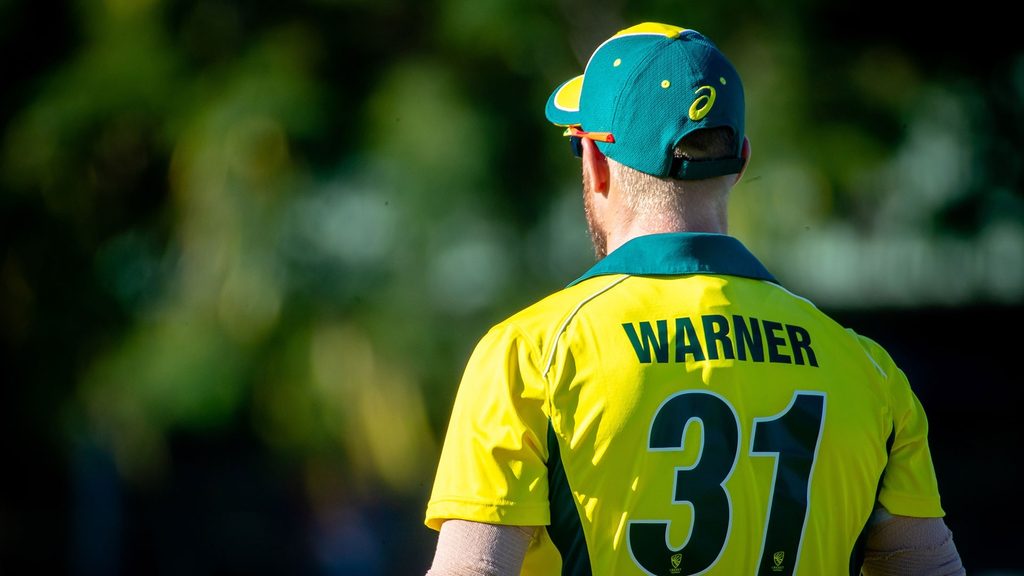 AFP / Patrick Hamilton
AFP / Patrick HamiltonOn a grey day, even if their batting collapses, the depth in the likes of Glenn Maxwell, Marcus Stoinis and Alex Carrey are more than capable of sustaining the pressure. Not to forget the extra dimension the likes of Maxwell and Stoinis bring along with them.
Speaking of pressure, Australia’s pace battery is up with the very best, to say the least. In Pat Cummins, Mitchell Starc, Jason Behrendorff and Nathan Coulter-Nile, this unit has arguably one of the fiercest bowling attacks in the sport. Coulter-Nile amongst them, not just gives his side an added pacer, but also adds a useful batting option in the lower order.
This pace unit, furthermore, is backed by a not-so-ardent ODI contingent of Nathan Lyon and Adam Zampa.
Zampa, in particular, will be vital in Australia’s bid to restrict their opponent within 300. Having had greater experience in ODIs, Zampa’s abilities will be put to test especially against the big hitters. The 27-year-old has already laid down the threat he poses, especially against India and Pakistan, having picked 18 wickets in just 11 games, and this would be a perfect time for him to assert his authority on a bigger stage.
There is no denying that Jhye Richardson and Josh Hazlewood’s absence will be felt at times, but this unit has enough firepower to make up for the places.
Smith and Warner coming back into the side will see a couple of changes being made in the order, but that’s about it. The Aussies, with or without them, would have been headed as the tournament favourites anyway.












